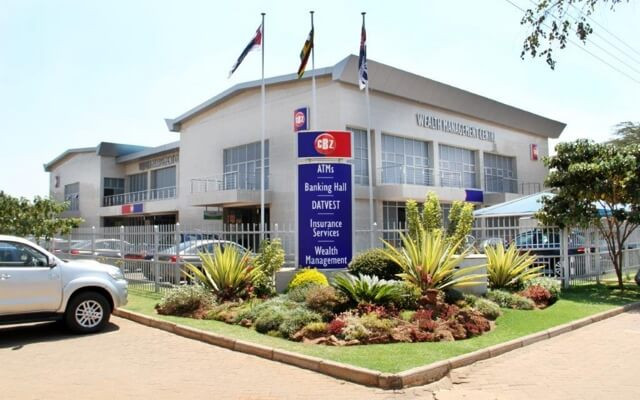
A training budget demonstrates an organisation’s commitment to developing its staff.
Paul Nyausaru
Organisations understand the importance of developing training budgets as part of the main budgeting process for the organisation. Initiating training programmes to enhance the skills and abilities of new and current employees improves the overall level of performance.
Creating a training budget requires careful planning to ensure optimum use of limited resources.
The following steps are necessary in coming up with a meaningful training budget. Conducting a training needs assessment, determining objectives and figuring the costs that are key components of the training budget.
In addition, calculating the return on investment will help sell senior management on the benefits of making the investment. Training Needs Assessment — A training needs assessment helps to justify the organisation’s need for making a training related expenditure.
It is vital for the Training Manager to take time to identify the training that the organisation’s employees require.
This will make you aware of the best use for a limited budget, putting you in a position to be able to negotiate for a larger budget.
- Chamisa under fire over US$120K donation
- Mavhunga puts DeMbare into Chibuku quarterfinals
- Pension funds bet on Cabora Bassa oilfields
- Councils defy govt fire tender directive
Keep Reading
There is need to identify who needs the training, the training’s importance to the organisation and the method of delivery.
It is also crucial to undertake a survey of the employees to determine what skills they possess and where skill deficits exist.
Thereafter, compare the employees’ skills to the department’s or organisation’s needs so you can make an informed decision on the estimate of the training that’s required.
Objectives — Another issue that needs to be considered are initiatives and objectives planned for the coming year, which will assist in clarifying how the available funds will be spent for training purposes.
There is need to determine the current jobs that are critical for accomplishing the objectives after which you assess whether the organisation has people with the skills required to execute tasks or if the staff needs specific training to improve its skill sets.
Thereafter ascertain the employees’ response to new initiatives to anticipate if motivation may become a challenge to overcome. Training costs — The general trend is for organisations to cut back on training during lean times.
It is crucial, therefore, to sell the need for training to the decision makers by getting an accurate account of what it costs for proposed training sessions.
This should include expenses for the number of training participants; training materials and equipment; and meals, board and travel.
You can also do well by calculating the cost of the training per employee. Do not overlook other expenses, such as man hours lost to productivity or overtime for staff persons who cover for personnel attending the training.
Make sure each line item in the budget represents the best use of the organsatio’s resources. This entails taking the most cost-effective route to delivering the training program.
This could be done through investigating different scenarios for executing the necessary training.
For example, you can save money by having the training conducted on-site instead of using a local hotel.
Return on investment — A valuable component for any training budget is the return on investment for the employer.
When presenting the budget, discuss how the training will provide employees with the critical skills the company needs to move in a certain direction.
This could be done by emphasising the behaviour changes that will contribute to the organisation’s values.
Another way could through quantifying the training in terms of the work hours and dollars saved by having skilled staff take less time to complete certain tasks after undergoing training.
Taking into account the areas that have been discussed in this article will no doubt result in winning training budget that will persuade management to channel resources towards training and development which is the best route to take for the organisation.
Paul Nyausaru is Training & Development Practitioner. You can contact him on email [email protected],[email protected]. Views contained in this article are personal.











